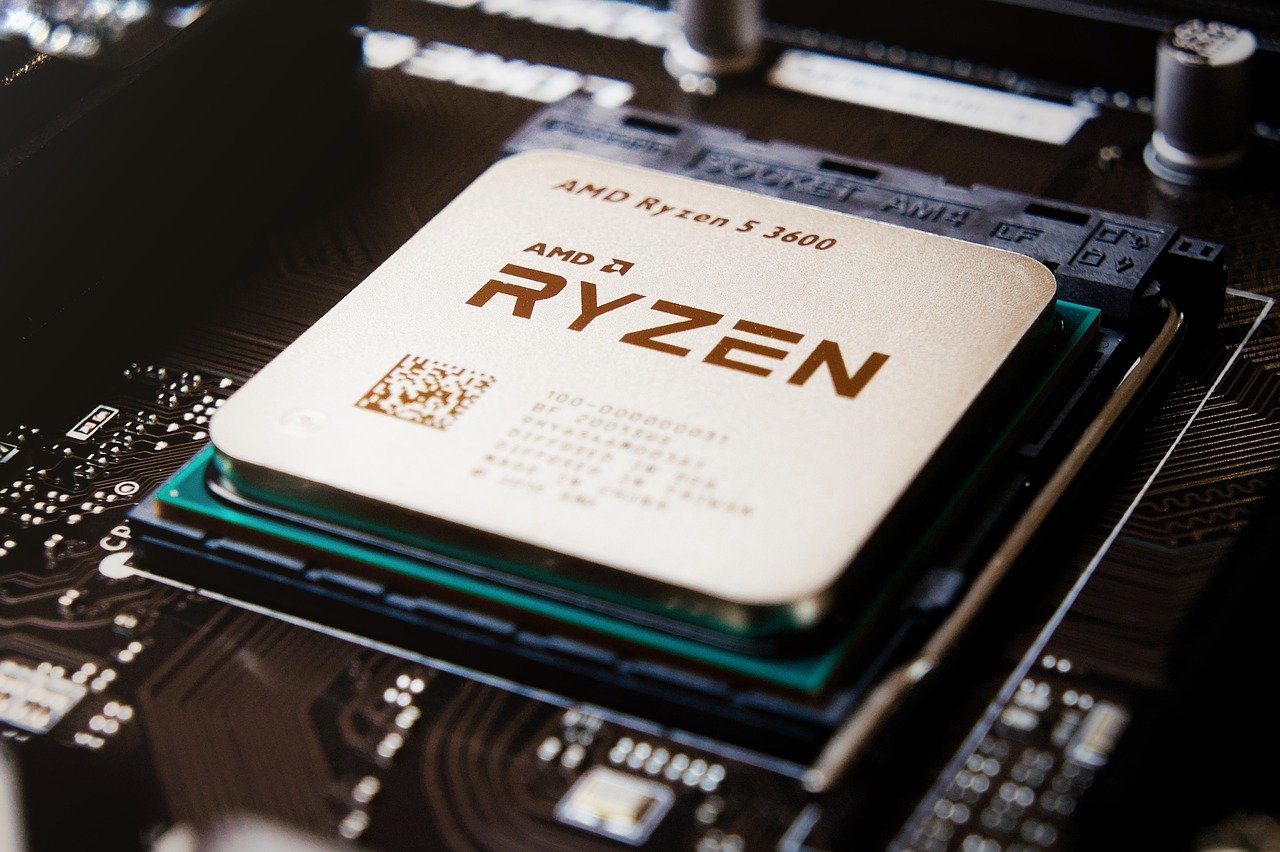In recent months, Microsoft has been in the limelight for Copilot+ AI features, seen as a big step in the direction of integrating AI into its software and hardware ecosystem. In the beginning, it appeared Microsoft had taken the lead in the AI race, cashing in on partnerships with OpenAI and the might of ChatGPT to command attention for AI-powered devices. But then the execution of Microsoft faltered and opened up a large window for Apple and Google to catch up and, in some cases, probably even surpass its good work.

The Problem with Execution
Microsoft’s Copilot+ featured two groundbreaking tools—Cocreator and Recall—that on paper should have been game-changers. Cocreator, a local version of Dall-E for creative tasks, and Recall, which aimed to streamline and assist with productivity by summarizing and organizing information, were both compelling. However, Microsoft faced a series of missteps. Recall was pulled back due to security concerns, and Cocreator, though intriguing, was not fully integrated into Microsoft’s ecosystem, limiting its utility for most users.
Moreover, Microsoft targeted these features toward a niche segment: users of devices with the Snapdragon X processor, designed primarily for portability rather than performance. These users weren’t typically the early adopters of AI technology, and as a result, the features failed to capture a broad user base. The combination of security concerns, limited hardware support, and a lack of widespread adoption led to a disjointed launch that left many users unsure of what the value of Copilot+ really was.
Apple’s Timely Response
In contrast, Apple took a different approach, positioning itself to take full advantage of the AI opening left by Microsoft’s misfire. Apple announced its Apple Intelligence initiative in June, and by late January, it began rolling out a more accessible and user-friendly version of AI for its devices. The difference here was in accessibility and engagement—Apple wasn’t just pushing out software updates. They’re inviting users to engage directly with AI in Apple Stores through in-person, 15-minute hands-on sessions. This strategy is designed to ease users into the AI experience, allowing them to see the value firsthand. No similar initiative has come from Microsoft or Google, which puts Apple in a position to generate more meaningful engagement with its AI tools from day one.
Apple’s broader strategy is clear: make AI a seamless part of the user experience on both desktops and smartphones, rather than just a niche feature for high-end, niche devices. By offering these experiences to a larger pool of customers, Apple is primed to introduce AI to a much wider audience than Microsoft has managed with Copilot.
What Microsoft Missed
One of the significant challenges faced by Microsoft with Copilot+ was the inability to build an ecosystem that would allow these AI tools to be useful for a wider audience. Consumers are habitual. Most users are resistant to acquiring an entirely new set of features unless that really means benefiting them right now in their daily living. The view of AI as an add-on versus a core experience turned off many potential users, especially considering the lack of hardware-software integration.
The straightforward lesson to learn here is that AI is valuable only to the degree that it is adopted and integrated. If users are not able to quickly learn and adapt to new AI features and incorporate them into their daily routines, they are unlikely to feel value—and even less likely to stick around. This is where Apple has a significant advantage. By rolling out AI tools more gradually, engaging users directly, and ensuring seamless integration across the product range, Apple has positioned itself to build stronger user adoption.
Lessons from the Past: The Internet Explorer Example
This situation mirrors a historical precedent in Microsoft’s own past: the rise and fall of Internet Explorer (IE). In those late ’90s, Internet Explorer had already firmly established Microsoft as the king of the browser arena, leaving competitors like Netscape Navigator gasping for breath. It didn’t help that Netscape made a huge strategic blunder by taking Microsoft head-on while pursuing an audacious goal: selling a rival to Microsoft Office, which ultimately condemned the brand.
With the dominance of Internet Explorer established, Internet Explorer itself became virtually forgotten, with neglect on newer features and updates. It was the arrival of Google Chrome, in 2008, which redefined the modern browsing landscape and raised a new set of web standards. Microsoft became a bystander at this time; hence, with a few clicks, Chrome created its hegemony.
The same pattern could be repeating itself in the AI space. Microsoft’s early push in AI created a market, but poor execution has allowed Apple to gain momentum quickly. Apple is playing the long game by focusing on user engagement and making AI a seamless part of the broader ecosystem—something Microsoft failed to do with Copilot.
Apple’s Strategic Edge
Apple’s Apple Intelligence initiative is a reminder that even in the fast-moving world of AI, execution is everything. By offering simple, intuitive AI tools that are accessible to a wide range of users, Apple is primed to gain significant traction. The in-store sessions will build familiarity and create a larger base of users who are comfortable with AI on their devices. This creates the kind of organic growth Microsoft missed by neglecting a broader audience and focusing on a niche group with limited hardware options.
As several individuals begin to appreciate the practical usefulness of AI in productivity, creativity, and entertainment, Apple will be able to encroach on the market share. Opposed to the view of Microsoft’s AI tools being value-added application installations, the AI will find itself being integrated naturally into Apple’s existing products, creating stronger incentives for users to shift.
Wrapping Up: Microsoft’s AI Stumble
While being first to market with Copilot+ should have given Microsoft a competitive edge, poor execution has allowed Apple and Google to capitalize on the AI wave. Microsoft opened the door, but Apple’s meticulous and user-friendly rollout gives it a significant chance to take the lead in the AI space. As we’ve seen before with the rise and fall of browsers and tech trends, execution is key to maintaining dominance.
Apple has learned from the past and is handling its AI rollout with a strategic, user-first approach. In doing so, it stands to not only catch up but potentially outpace Microsoft, whose AI tools, despite their potential, still struggle to resonate with the broader consumer base.
Product of the Week: Google Pixel 9 Pro Fold
For those looking for a top-tier tech device, I’m excited to recommend the Google Pixel 9 Pro Fold. After retiring my beloved Surface Duo, I found that the Pixel 9 Pro Fold offered everything I loved about Microsoft’s earlier phones but with more power and modern features. While it lacks a Qualcomm processor, the Google chip is impressively fast and supports some fantastic features, including head-mounted displays.
Not everybody would call this phone $1,300 cheap, but it is a good deal for someone who needs a versatile device that serves as both a phone and a mini-laptop. If someone is a frequent traveler or someone who enjoys media entertainment, then the Pixel 9 Pro Fold is worth his/her investment.
Whether for its powerful performance, excellent camera, or flexible design, the Google Pixel 9 Pro Fold is my pick for the week—an outstanding piece of tech that strikes a balance between practicality and innovation.

